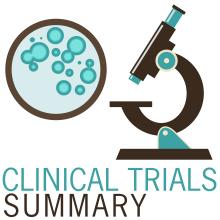The INPACT SFA trial demonstrated the long-term safety of the IN.PACT Admiral drug-coated balloon (DCB) through 5 years, with no device-, procedure-, or paclitaxel-related deaths seen, coupled with continued low thrombosis rates throughout 5 years, according to John R. Laird, MD, of the Adventist Heart & Vascular Institute, St. Helena, Calif.
Dr. Laird presented the final, 5-year results of the combined INPACT SFA I and II trials at the 2018 Vascular Interventional Vascular Advances meeting.
The combined studies compared 220 patients treated with DCB and 111 treated with standard percutaneous transluminal angioplasty (PTA) who were followed out to 5 years. The patient population was 65% men, had a mean age of about 68 years, and none of the baseline characteristics followed were statistically significant between the treatment groups. The mean total lesion length treated was 8.9 cm for the DCB group and 8.8 cm for the PTA group, also a nonsignificant difference.
The primary efficacy endpoint for the study was primary patency within 12 months, defined as freedom from clinically driven target lesion revascularization (CD-TLR) and duplex ultrasound–derived restenosis. The primary safety endpoint was freedom from device-and procedure-related death through 30 days, and freedom from target limb major amputation and CD-TLR within 12 months.
Although there were no significant differences seen between DCB and placebo for CD-TLR or any TLR, there was a significant difference seen in the time to CD-TLR over 1,800 days: 808 days for DCB versus 475 days for placebo (P less than .001).
There were no significant differences seen between the DCB and placebo for any of the safety endpoint components over 5 years.
INPACT SFA was the “first independently adjudicated, blinded, randomized trial to demonstrate superior effectiveness of a drug-coated balloon through 5 years,” and the “results support DCB as a first-line strategy for the treatment of femoropopliteal disease,” Dr. Laird concluded.
The trial was sponsored by Medtronic Endovascular. Dr. Laird reported that he is a consultant/advisory board member for Abbott Vascular, Bard, Boston Scientific, and Medtronic.

